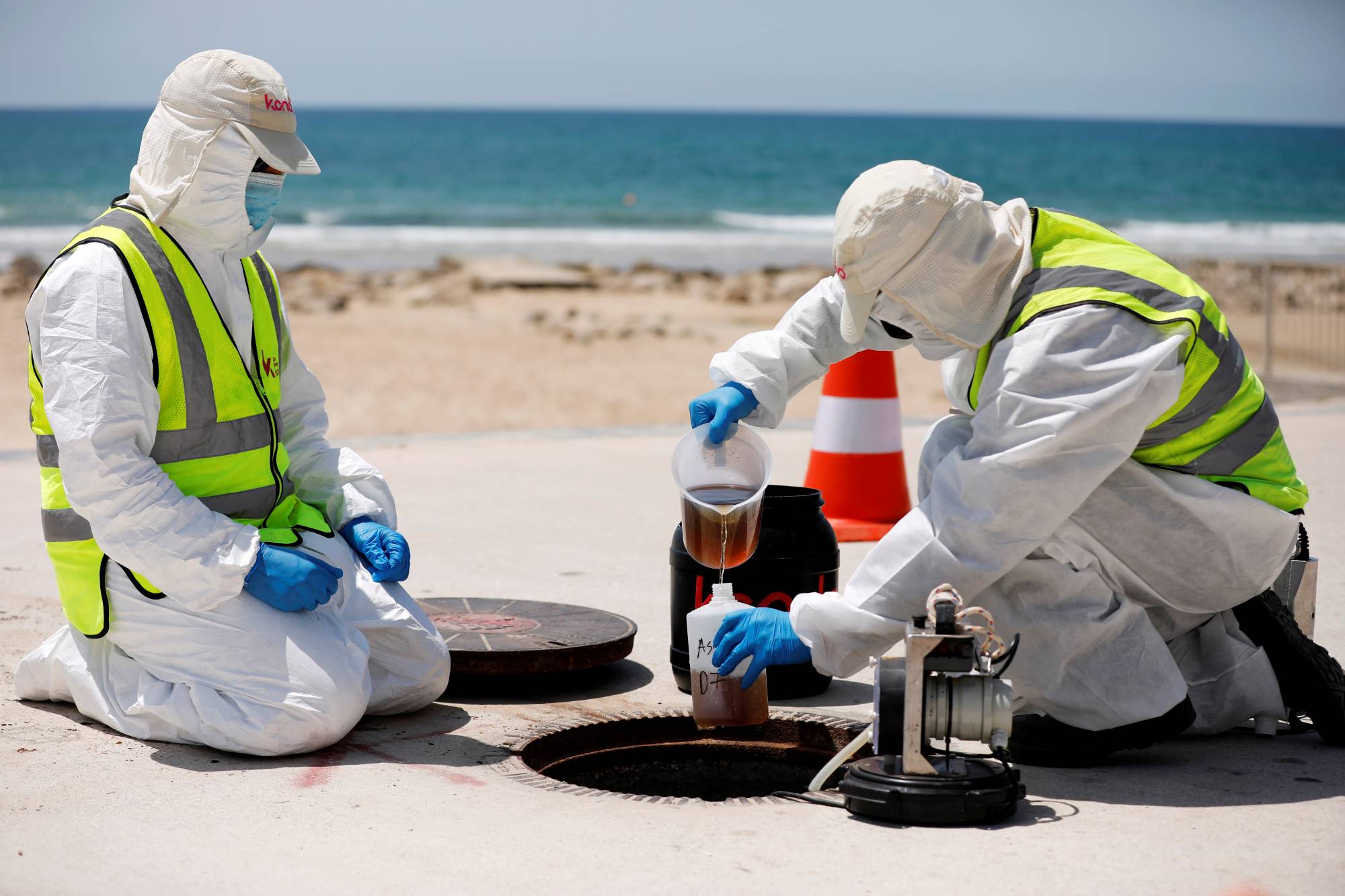Wearing face shields, masks, two layers of gloves and navy cotton overalls, two scientists carefully lift off a metal manhole cover to reveal the cumulative waste of some 400 migrant workers.
As one of them lowers a yellow rubber tube into the fetid sewer outside a dormitory in central Singapore, a third explains how samples of the brownish liquid provide a crude snapshot of how the city-state is trying to keep a step ahead of the coronavirus.
Wastewater surveillance — which Dutch scientists showed in March can identify evidence of the pathogen earlier than testing patients — is one of a handful of strategies around the world being developed to pinpoint emerging hot spots and flare-ups before cases spiral out of control.



















With your current subscription plan you can comment on stories. However, before writing your first comment, please create a display name in the Profile section of your subscriber account page.